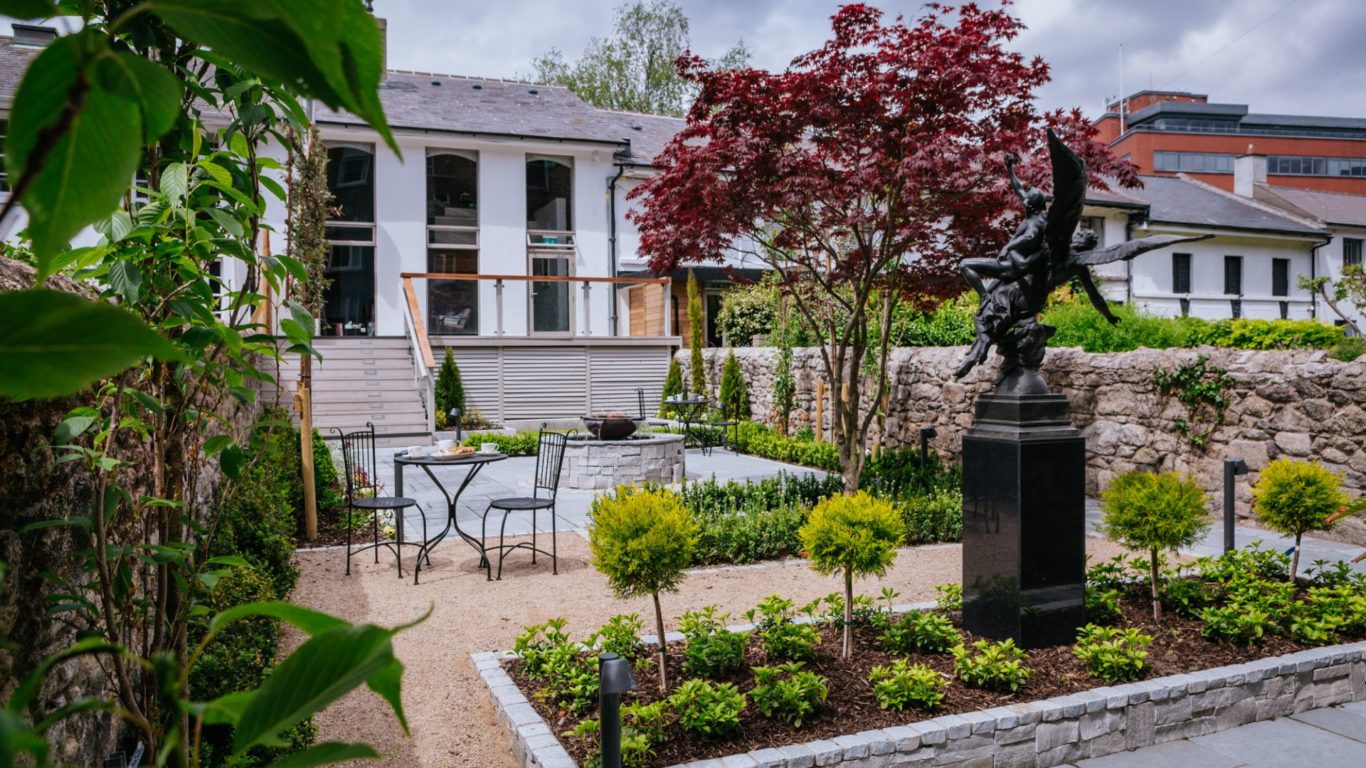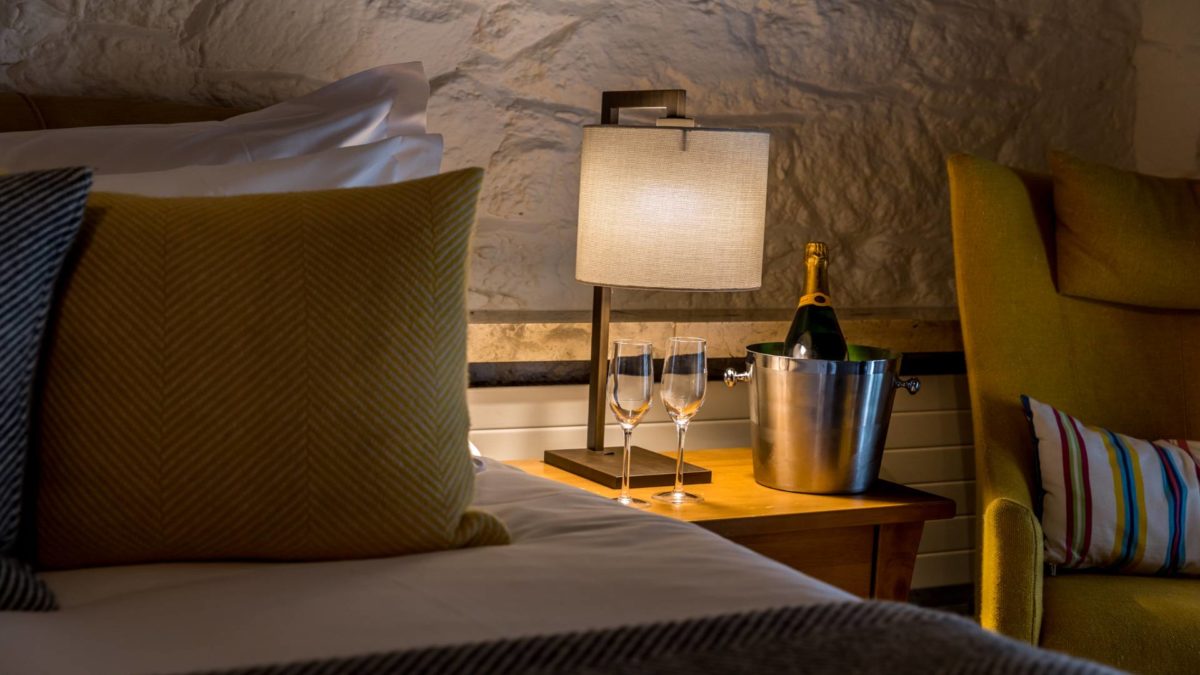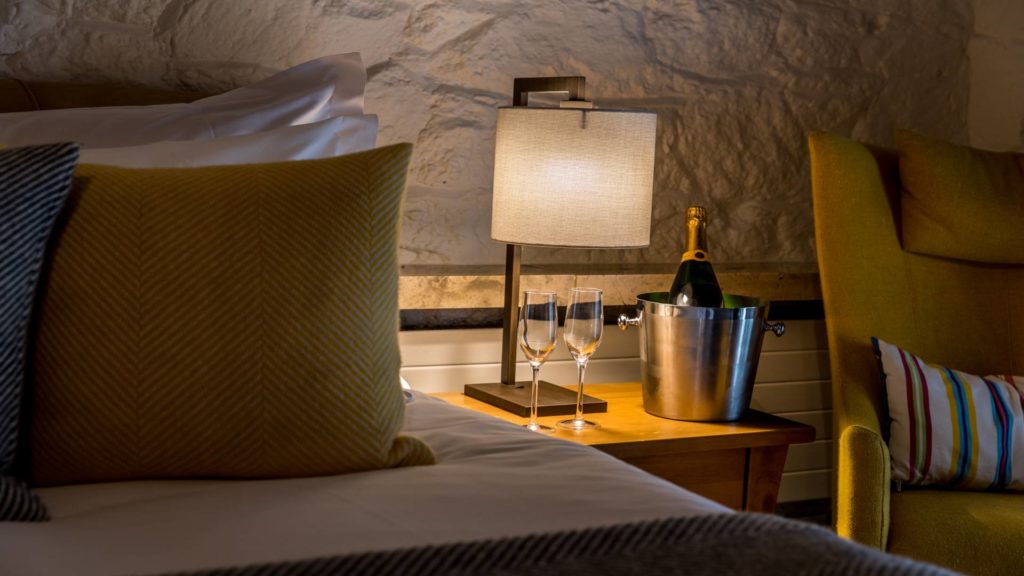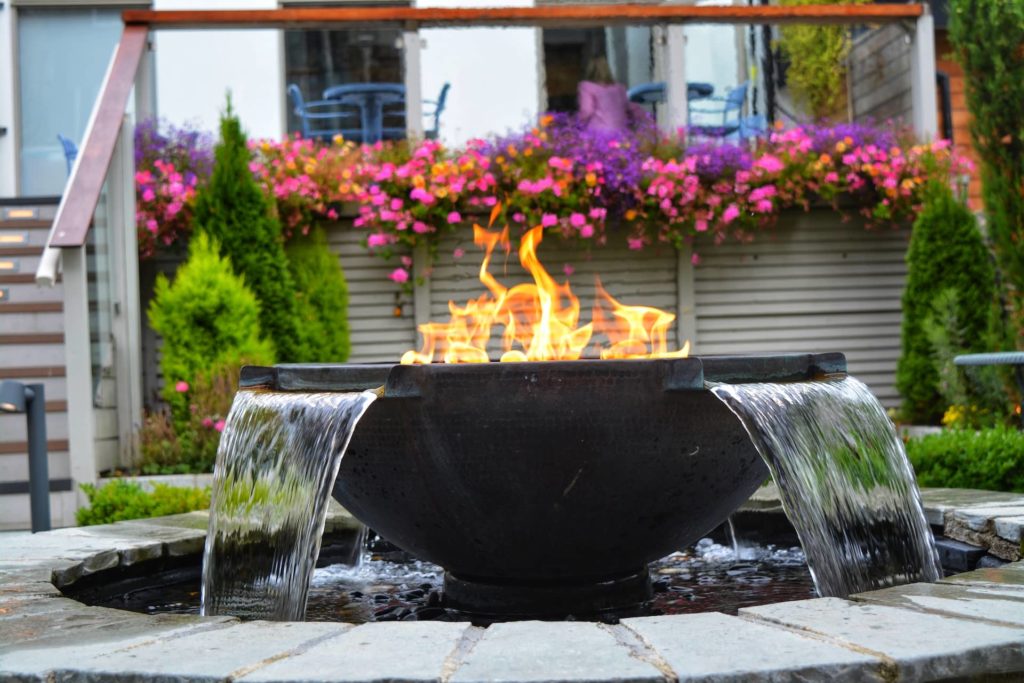
OUR STORY
If walls could talk…

In the buttoned-down Dublin of the 1960s, Leeson Street and Fitzwilliam Square had a reputation for being a little more free-and-easy than most of the city’s quarters. Connecting them was Fitzwilliam Place, location of the infamous ‘Catacombs’. This was a set of connected basements where many of the city’s artistic and literary set, including Brendan Behan, regularly caroused late into the night. Around the corner, Leeson Street was becoming the epicentre of Dublin’s nightclub scene; along this, a strip of possibly-legal basement night clubs were emerging.
Not surprisingly, this bohemian edge attracted the attention of a young architect with big ambitions - and no concerns about ruffling feathers.

In 1957, 24-year-old Sam Stephenson paid £1000 for what was once the stables of an elegant Fitzwilliam Place townhouse. Before long, he turned these into the ultimate heart-of-the-city hideaway. Sam was not someone who went to bed early with a mug of cocoa; his new place – 31 Leeson Close – gained a reputation as an afterhours bolthole for Dublin’s headline makers. Sam’s sunken lounge, a late ’50s design statement unparalleled in the city, was a touch of sophistication that stirred admiration and wonder.
Number 31 became a magnet for big names, national and international. Sam’s friendship with Charlie Haughey, who later became Taoiseach, undoubtedly helped raise his profile; at the same time, it was said that many international heavy-hitters, including Henry Kissinger, also found their way to the sunken lounge.
If walls could talk, Number 31’s could tell a few eyebrow-raising tales. Instead, they stay silent, allowing wonderful art to be hung on them for the enjoyment of visitors with a taste for fascinating stories and creative characters.



